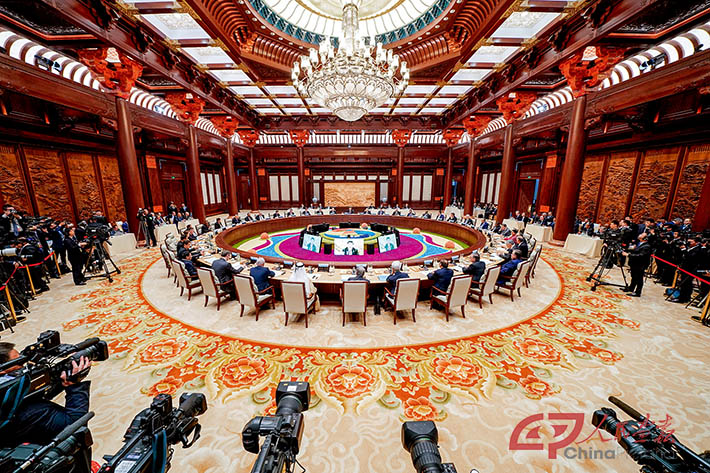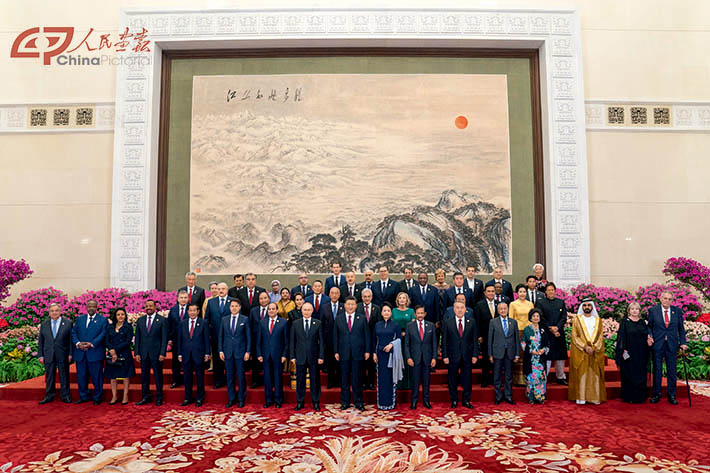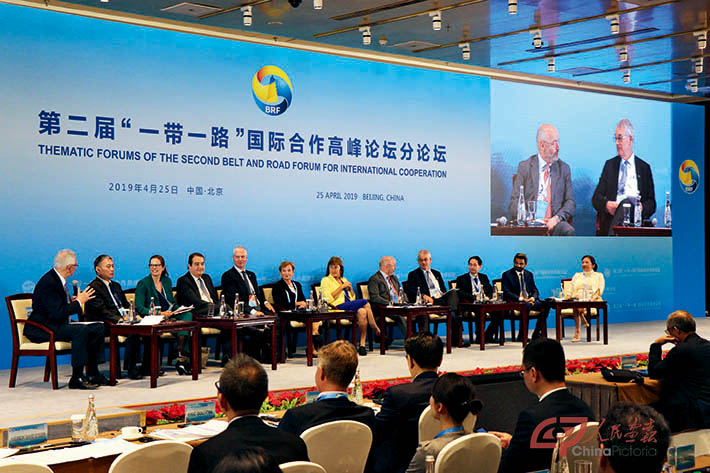Next Chapter for the Belt and Road: High-Quality Cooperation

Amid rising protectionism and unilateralism adding uncertainty to today’s world, the Belt and Road Initiative (BRI), a commitment to multilateralism and an open global economy, embraced the vision for a brighter future shared by humanity as the second Belt and Road Forum for International Cooperation (BRF) closed in Beijing.
From April 25 to 27, 2019, about 5,000 participants from more than 150 countries and 90 international organizations attended the second BRF, including nearly 40 heads of state and government. This year’s forum, themed “Belt and Road Cooperation: Shaping a Brighter Shared Future,” had 12 themed sub-forums, twice that of the first BRF in 2017. It also hosted a leaders’ roundtable, a high-level meeting, a CEO conference and other side events.

In total, 283 items of practical achievement were made in the preparatory process and during the forum. Cooperation agreements worth more than US$64 billion were signed at the CEO conference that was held for the first time.
Since it was proposed by Chinese President Xi Jinping in 2013, the BRI has reaped tangible results from Asia and Europe to Africa, the Americas and Oceania. In less than six years, 126 countries and 29 international organizations have signed BRI cooperation documents with China.
Under the Belt and Road framework, China has advocated and practiced the principle of “extensive consultation, joint contribution and shared benefits,” seeking self-development while bringing opportunities, experience and capital to its BRI partners and the broader world as well.
From 2013 to 2018, the trade volume between China and the countries participating in the BRI exceeded US$6 trillion, with more than 244,000 jobs created for the locals. China’s investment in these countries exceeded US$90 billion.
The latest studies by the World Bank and other international institutions show that BRI cooperation will cut the costs of global trade by 1.1 to 2.2 percent and contribute at least 0.1 percent of global growth in 2019.

Mirroring the BRI’s relevance and significance for the world, its vision has been included in documents of major international institutions and cooperation platforms, including the United Nations, the Group of 20, the Asia-Pacific Economic Cooperation and the Shanghai Cooperation Organization.
The BRI’s five pillars—policy coordination, facilities connectivity, unimpeded trade, financial integration, and people-to-people exchanges—serve as “conceptual pillars that can be translated into real-life progress for all people,” said UN Secretary-General Antonio Guterres.
Delivering a keynote speech at the forum’s opening ceremony, President Xi called for greater connectivity, openness and inclusiveness as well as high-quality development of the BRI. He announced a package of proposals to advance high-quality Belt and Road development, calling on the international community to join hands to work out a “meticulous painting” of the BRI.

The principle of extensive consultation, joint contribution and shared benefits should be upheld, said Xi, stressing open, green and clean approaches, as well as goals of high-standard, livelihood-improving and sustainable development.
Since its birth nearly six years ago, the BRI has become one of the most promising platforms for international cooperation. With consensus built and cooperation plans adopted at the second BRF by all parties concerned, new horizons are now opened for high-quality Belt and Road cooperation.